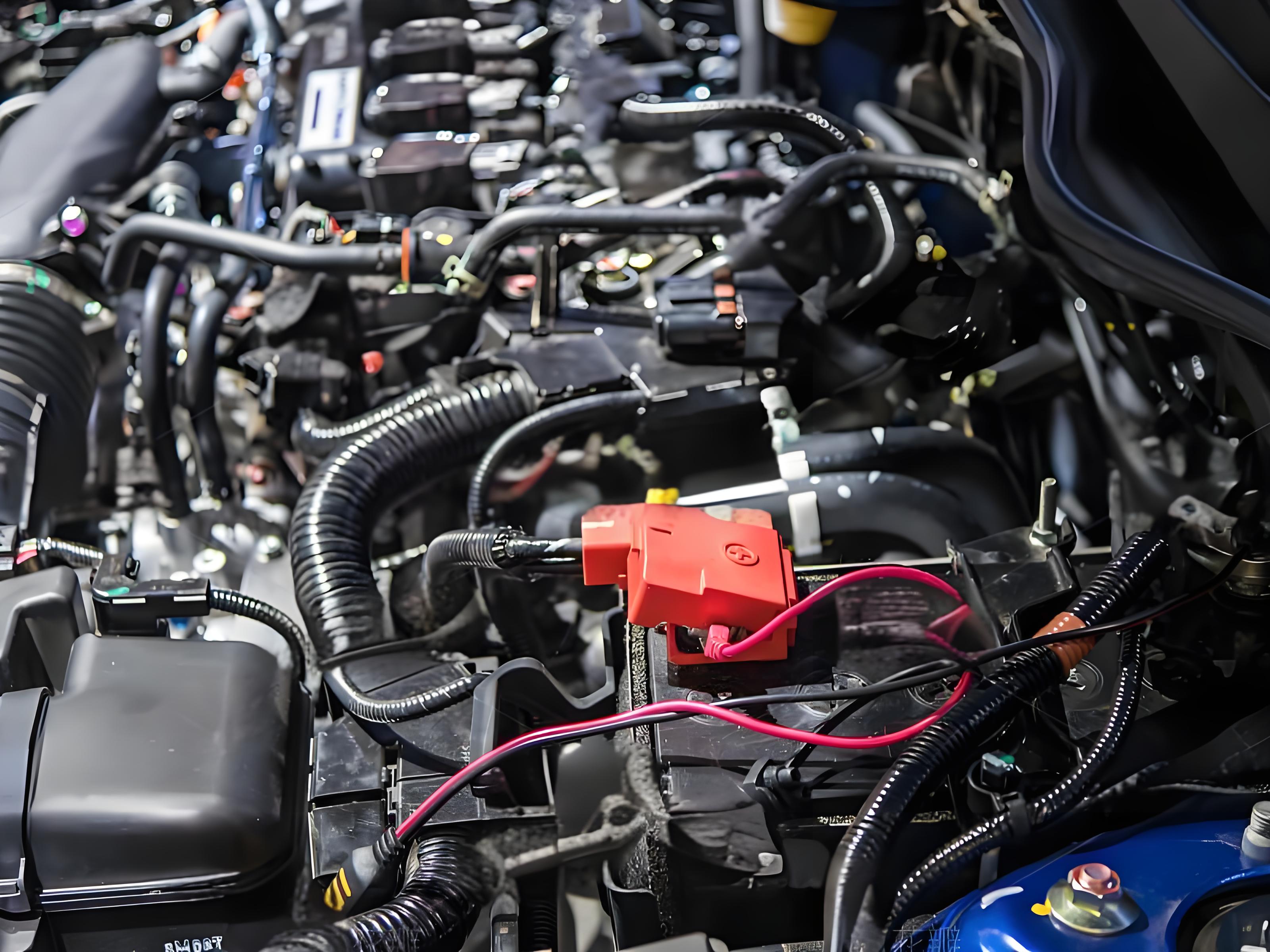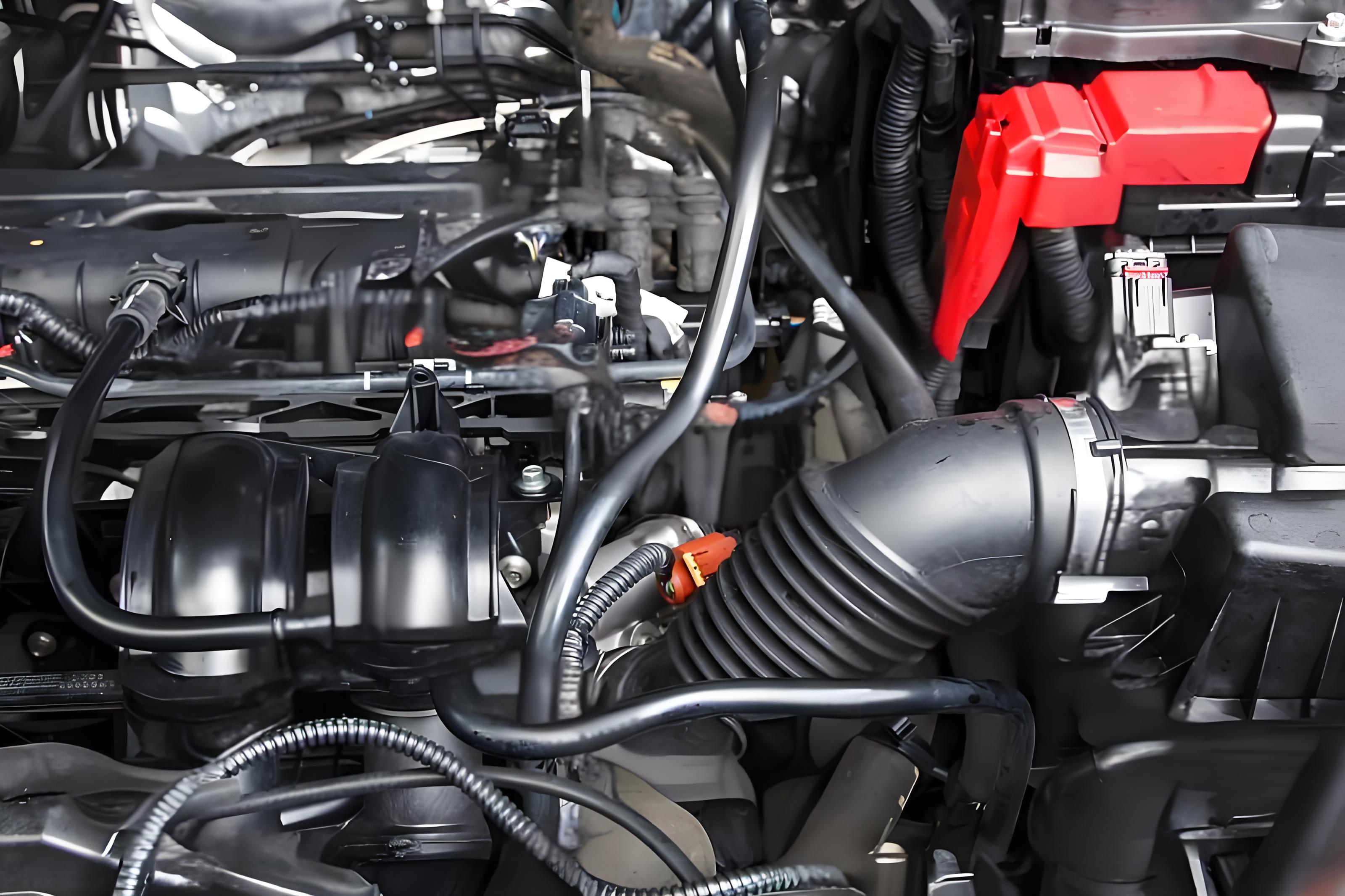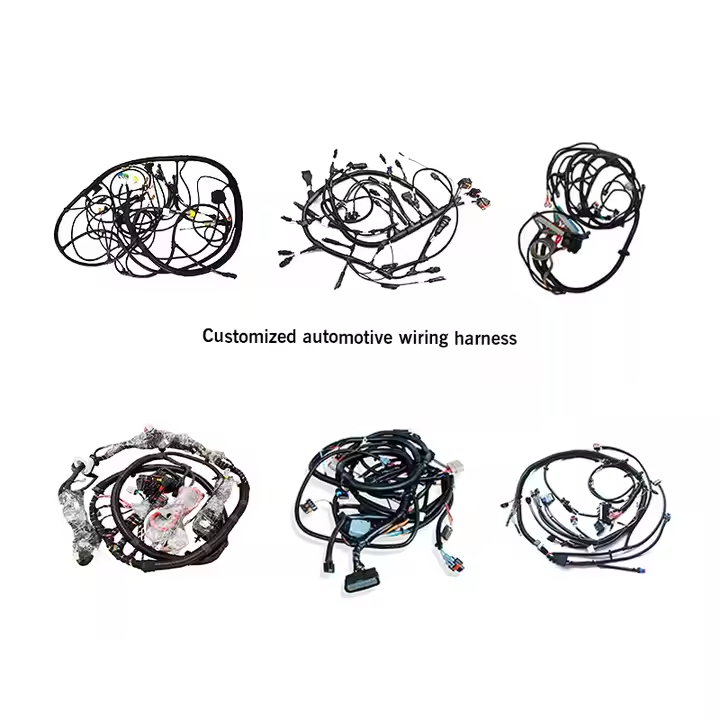Auto Custom Wiring Harness: Key to Automotive Electrical Systems with Flexibility and Reliability
In the automotive field, the wiring harness serves as the “nervous system” of a vehicle, playing a pivotal role in transmitting electrical signals and power to a wide array of components. An auto custom wiring harness, meticulously tailored to the specific requirements of different vehicle models and functions, has emerged as an increasingly critical element in modern automotive manufacturing.

I. Technical Principles of Automotive Wiring Harness
At its core, an automotive wiring harness is a complex assembly of wires, connectors, terminals, and protective sheathing. The wires are typically made of copper due to its excellent electrical conductivity. They are insulated with materials like PVC (Polyvinyl Chloride), XLPE (Cross-Linked Polyethylene), or TPE (Thermoplastic Elastomer), which not only prevent short-circuits but also protect against environmental factors such as moisture, heat, and chemicals.
Connectors are designed to establish reliable electrical connections between different parts of the vehicle's electrical system. They come in various shapes and sizes, and some are even equipped with locking mechanisms to ensure a secure fit. Terminals, on the other hand, are the points where the wires connect to the electrical components. High-quality terminals are essential for minimizing electrical resistance and preventing power loss.
II. Manufacturing Process of Auto Custom Wiring Harness
The manufacturing process of an auto custom wiring harness is highly intricate. It begins with detailed design work, where engineers use CAD (Computer-Aided Design) software to create a precise layout of the wiring harness based on the vehicle's electrical requirements and physical dimensions.
Once the design is finalized, wire cutting and stripping are the next steps. Specialized machines are used to cut the wires to the exact lengths needed and strip the insulation at the ends for connection. After that, the wires are assembled with connectors and terminals, often using automated crimping machines to ensure consistent and reliable connections.
The assembled wiring harness then undergoes rigorous quality control checks. This includes electrical testing to verify that all connections are correct and that there are no short circuits or open circuits. Mechanical tests are also performed to ensure that the connectors and terminals can withstand vibrations and mechanical stresses during vehicle operation.
III. Advantages of Auto Custom Wiring Harness
High - degree of Flexibility
Car manufacturers have diverse requirements for different vehicle types, such as sedans, SUVs, or electric vehicles. A custom wiring harness can be designed to precisely fit the unique layout and electrical demands of each vehicle model. For example, electric cars have different power-management systems than traditional internal combustion engine vehicles. A custom wiring harness can be engineered to optimize the high-voltage power transmission and control for electric vehicles, ensuring efficient operation of the battery management system, electric motors, and other related components.
Enhanced Reliability
By being custom-made, the harness can minimize the length of unnecessary wires and connections. Fewer connections mean fewer potential points of failure, reducing the risk of electrical malfunctions, short circuits, and intermittent connections. This is of great significance for the safety and performance of automobiles, as any electrical failure could lead to serious consequences, including vehicle breakdowns and safety hazards.
IV. Application Scenarios
Auto custom wiring harnesses are widely used in various vehicle subsystems:
- Lighting System
Custom wiring harnesses can be designed to support different types of headlights, taillights, and interior lighting. They can ensure a stable power supply and proper signal control for features like adaptive headlights that adjust their beam pattern according to driving conditions.
- Infotainment System
Custom wiring harnesses enable seamless integration of multiple components such as touchscreens, speakers, and navigation devices, providing a high-quality user experience.
- Powertrain and Chassis Systems
In the powertrain, wiring harnesses are responsible for transmitting signals and power to engines, transmissions, and hybrid or electric drive systems. In the chassis, they are used for components like anti-lock braking systems (ABS), electronic stability control (ESC), and suspension systems.
V. Future Prospects
With the continuous development of automotive technology, especially the rise of autonomous driving and connected cars, the demand for auto custom wiring harnesses will continue to grow. Autonomous driving vehicles require complex sensor-based systems for functions like object detection, lane-keeping, and collision avoidance. Custom wiring harnesses will be essential to ensure the reliable transmission of vast amounts of sensor data to the vehicle's control unit. In connected cars, which rely on high-speed data communication for features like real-time traffic updates and over-the-air software updates, custom wiring harnesses will play a vital role in enabling fast and stable data transfer.
In conclusion, auto custom wiring harnesses are an indispensable part of modern automotive manufacturing. Their flexibility, reliability, and adaptability to diverse application scenarios make them a key factor in the development and performance of automobiles. As the automotive industry continues to evolve, the innovation and optimization of auto custom wiring harnesses will be crucial for meeting the ever-increasing demands of new vehicle technologies.
Recent Posts
2025-07-04 11:57:43
Custom Electrical Connectors & Wire Harness Solutions | Kaweei OEM Services
2025-07-02 11:16:46
Jack Cable
2025-07-01 10:06:53




